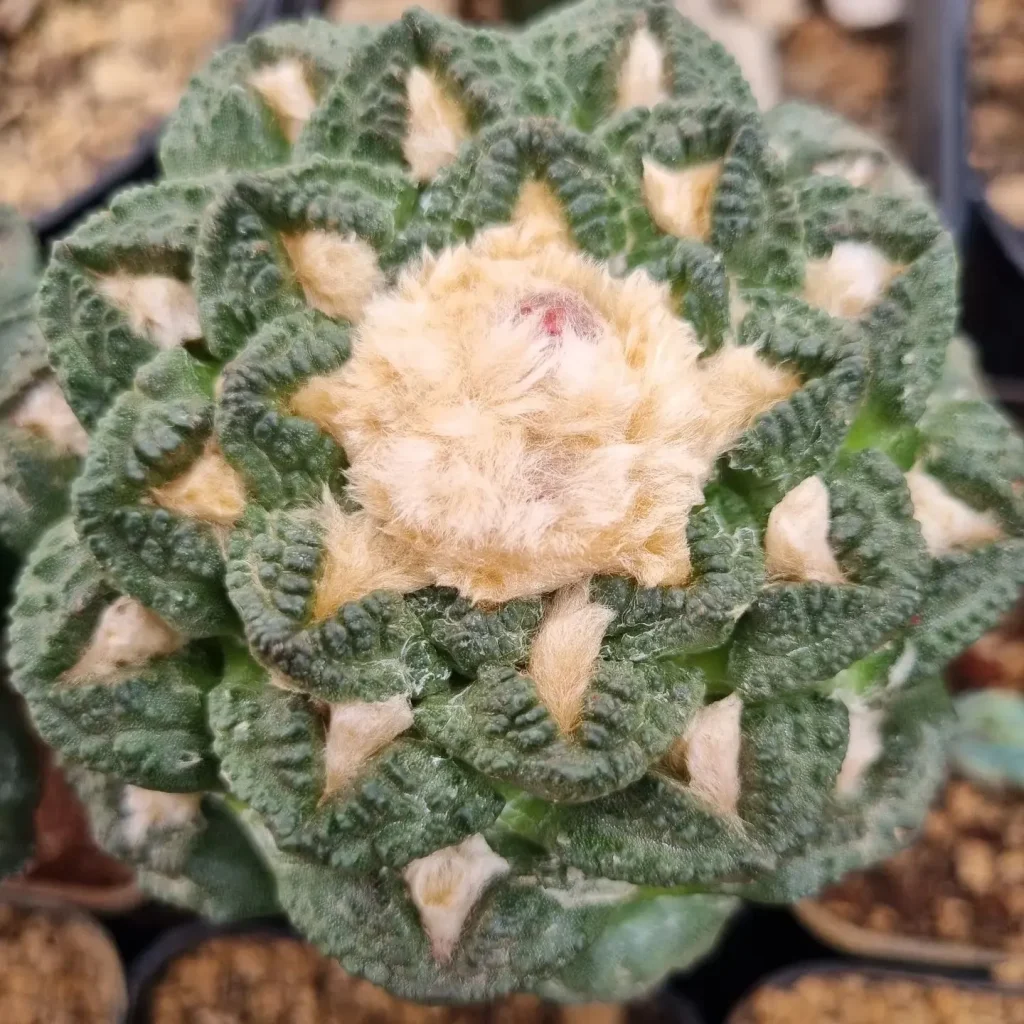The Ghostly Allure of Monotropa
My name is Ferb Vu, and I’ve always been drawn to the unusual and enigmatic. In the world of plants, few things are more intriguing than the genus Monotropa. These fascinating plants belong to the family Ericaceae, commonly known as ghost plants or Indian pipes, lack chlorophyll and possess an ethereal, almost otherworldly beauty. Their ghostly white or sometimes pinkish appearance makes them stand out starkly against the dark forest floor where they reside.
A Life in the Shadows
Unlike most plants, Monotropa don’t rely on sunlight for energy. They are myco-heterotrophs, meaning they obtain nutrients through a symbiotic relationship with fungi. These fungi, in turn, form connections with the roots of trees, creating a complex underground network where Monotropa taps into the flow of resources. This unique lifestyle allows them to thrive in the deep shade of forests, where sunlight barely penetrates.
I remember the first time I encountered a patch of Monotropa uniflora, the most widespread species in the genus. It was like stumbling upon a gathering of spectral figures in the dimly lit woods. Their translucent stems, capped with delicate white flowers, seemed to glow faintly in the twilight. The experience left a lasting impression, sparking a deep fascination with these botanical anomalies.
Species within the Genus
The genus Monotropa is relatively small, comprising only a handful of recognized species. Here are:
- Monotropa uniflora: Also known as ghost plant or Indian pipe, this is the most common and widespread species. It is characterized by its single, nodding white flower at the top of each stem.
- Monotropa hypopitys: Commonly known as pinesap, this species has multiple flowers on each stem, ranging in color from pale yellow to pink or red.
- Monotropa brittonii: This species, sometimes called southern ghost pipe, is similar to M. uniflora but has a more robust appearance and a slightly different flower structure.
- Monotropa coccinea: This rare species, known as red Indian pipe, is distinguished by its deep red coloration.
Adaptations and Ecology
The lack of chlorophyll in Monotropa has led to some remarkable adaptations. Their leaves are reduced to small scales, and their stems are often translucent, allowing light to pass through. This ghostly appearance may serve to attract pollinators, such as bumblebees, which are drawn to the contrasting colors of the flowers against the dark background.
The relationship between Monotropa and their fungal partners is highly specialized. The fungi they associate with are typically mycorrhizal fungi, which form mutually beneficial relationships with trees. The fungi provide the plants with essential nutrients, such as carbon and nitrogen, while the trees receive water and minerals in return. This intricate web of interactions highlights the interconnectedness of life in forest ecosystems.
Conservation and Appreciation
Monotropa species are generally considered rare or uncommon, and their populations can be vulnerable to habitat disturbance. Factors such as deforestation, pollution, and climate change can disrupt the delicate balance of their ecosystems, threatening their survival.
It’s crucial to appreciate these unique plants from a distance and avoid disturbing their habitat. Picking or transplanting them is not only harmful but also futile, as they cannot survive outside their natural environment. Instead, let’s admire their beauty and marvel at their remarkable adaptations, recognizing their importance in the intricate tapestry of life.
As I continue to explore the natural world, I’m constantly reminded of the wonders that lie hidden beneath the surface. Monotropa, with its ghostly allure and intricate relationships, serves as a testament to the diversity and complexity of life on Earth. It’s a reminder that even in the darkest corners of the forest, there is beauty to be found, and that the most unassuming organisms often hold the most fascinating secrets.
If i die, water my plants!



